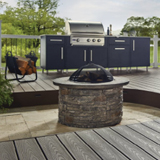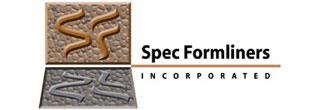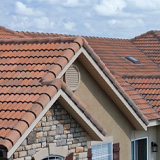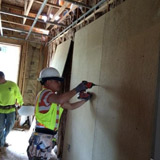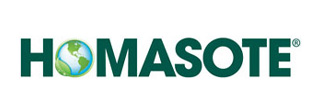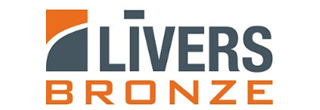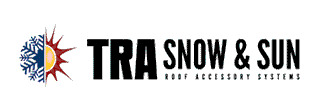FREE TO ATTEND • ATTENDANCE REPORTED ON A PER-PRESENTATION BASIS
11th Hour Credit Harvest

11th Hour Credit Harvest
Event Dates
Wednesday, December 18 | Thursday, December 19
Available Credits
8 AIA HSW/LU CE Hour(s)
3 GBCI General Hour
1 ADA Accessibility / Barrier-Free Req.
Event Agenda
Wednesday, December 18, 2024
Wednesday, December 18, 2024 | 10:00 am Central
|
Sponsored By Wolf Home Products 1 AIA HSW/LU CE Hour(s) Learning Objectives:
|
Wednesday, December 18, 2024 | 11:00 am Central
|
Sponsored By Spec Formliners, Inc. 1 AIA HSW/LU CE Hour(s) 1 GBCI General Hour Learning Objectives:
|
Wednesday, December 18, 2024 | 1:00 pm Central
|
Sponsored By Eagle Roofing 1 AIA HSW/LU CE Hour(s) 1 GBCI General Hour Learning Objectives:
|
Wednesday, December 18, 2024 | 2:00 pm Central
|
Sponsored By Specified Technologies Inc. 1 AIA HSW/LU CE Hour(s) 1 ICC CEU Learning Objectives:
|
Thursday, December 19, 2024
Thursday, December 19, 2024 | 10:00 am Central
|
Sponsored By Homasote 1 AIA HSW/LU CE Hour(s) 1 GBCI General Hour Learning Objectives:
|
Thursday, December 19, 2024 | 11:00 am Central
|
Sponsored By Livers Bronze 1 ADA Accessibility / Barrier-Free Req. 1 AIA HSW/LU CE Hour(s) 1 GBCI General Hour Learning Objectives:
|
Thursday, December 19, 2024 | 1:00 pm Central
|
Sponsored By QuietRock 1 AIA HSW/LU CE Hour(s) Learning Objectives:
|
Thursday, December 19, 2024 | 2:00 pm Central
|
Sponsored By TRA Snow & Sun 1 AIA HSW/LU CE Hour(s) 1 AIBC Learning Units Learning Objectives:
|

